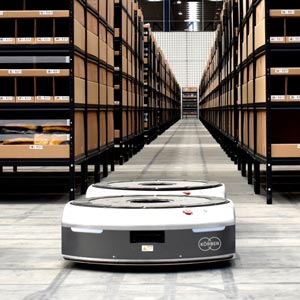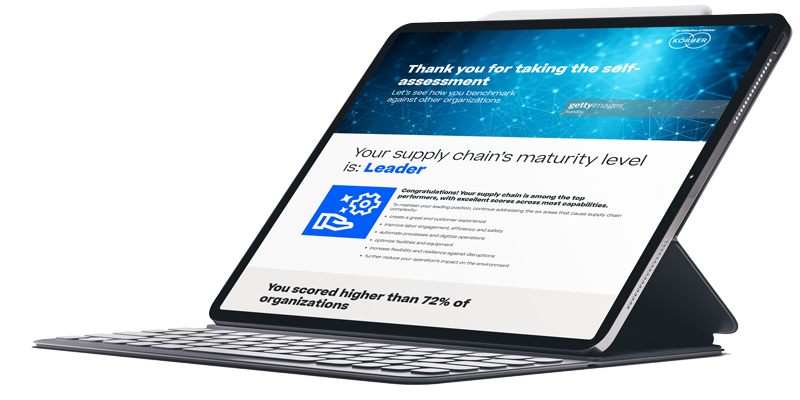
Productive facilities are the foundation of successful supply chains
Careful planning of facility improvements is essential
E-commerce has completely transformed the shape of supply chains and warehouse operations. Delivery quantities are smaller, often down to single items. Product ranges are infinitely wider and customer expectations for same- or next-day delivery and easy returns have become the norm.
To meet the complex demands of both the industry and consumers, the need to optimize facilities is crucial, whether it is for a new, state-of-the-art distribution center or for the modernization of a decades-old warehouse.
Supply chain technology can help maximize productivity in both greenfield and brownfield facilities, and effectively support staff with order fulfillment.
Key takeaways
What the survey shows, and what we can learn from it

respondents scored as initiating or developing
A third of organizations lag when it comes to updating and improving their facilities

of respondents use experience or legacy tools such as Excel to plan facility improvements
Effective planning is crucial to maximizing the impact of facility improvements, yet the majority does not leverage the most effective planning tools

versus 14% of advanced supply chains have been using voice technology for 2 or more years
Leading organizations recognize that voice can significantly improve accuracy and productivity in the warehouse – adopting it can help other organizations achieve the same benefits
Getting started
For new construction, optimization means building facilities from the ground up to enable the highest possible productivity and to allow room for future growth. For brownfield improvements, it requires addressing inefficiencies with layout changes, enhanced processes and innovative technology.
How does your supply chain measure up?
Take this rapid self-assessment: gain instant insights and start determining priorities.
Our self-assessment takes just a minute to complete. It will help you determine how your supply chain performs and how it compares against other organizations. It also recommends which areas to focus on first.

About the supply chain benchmarking report
In late 2021, Körber Supply Chain commissioned international strategy consultancy Roland Berger to survey supply chain professionals across North America and Europe. Its goal was to benchmark the progress that companies are making against the six complexity factors. Based on their survey responses, respondents were grouped into four maturity levels:


